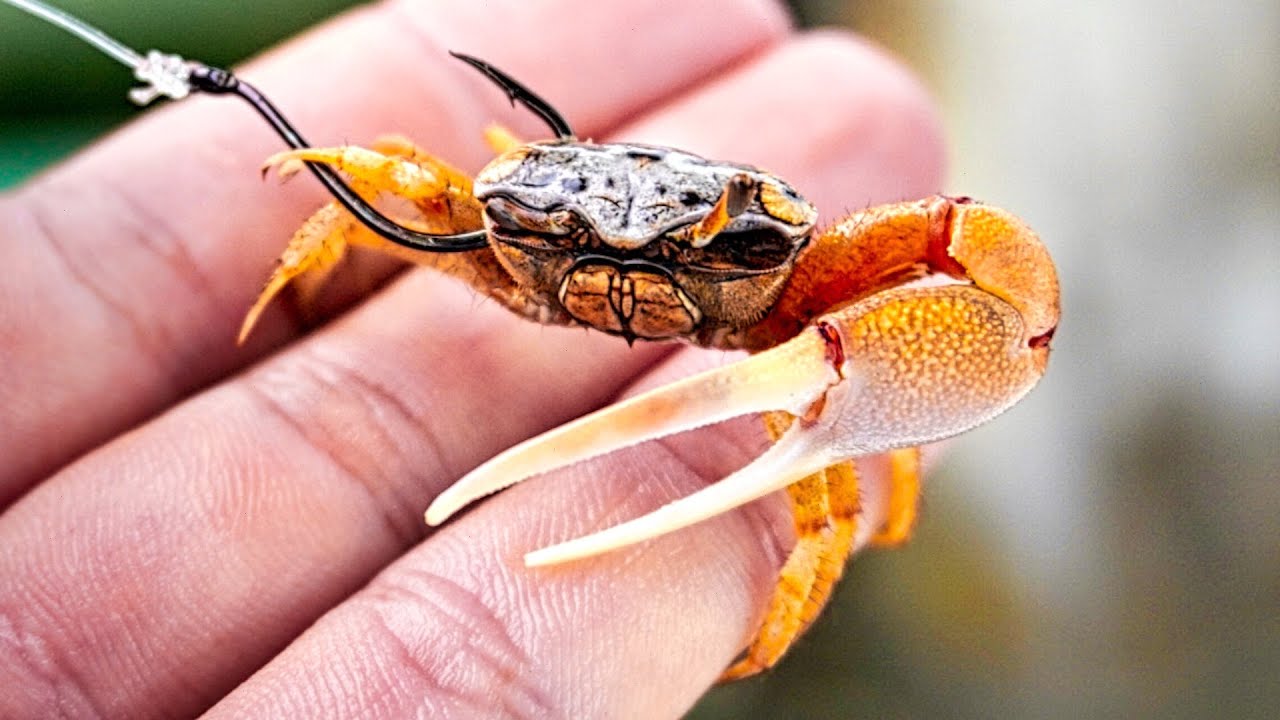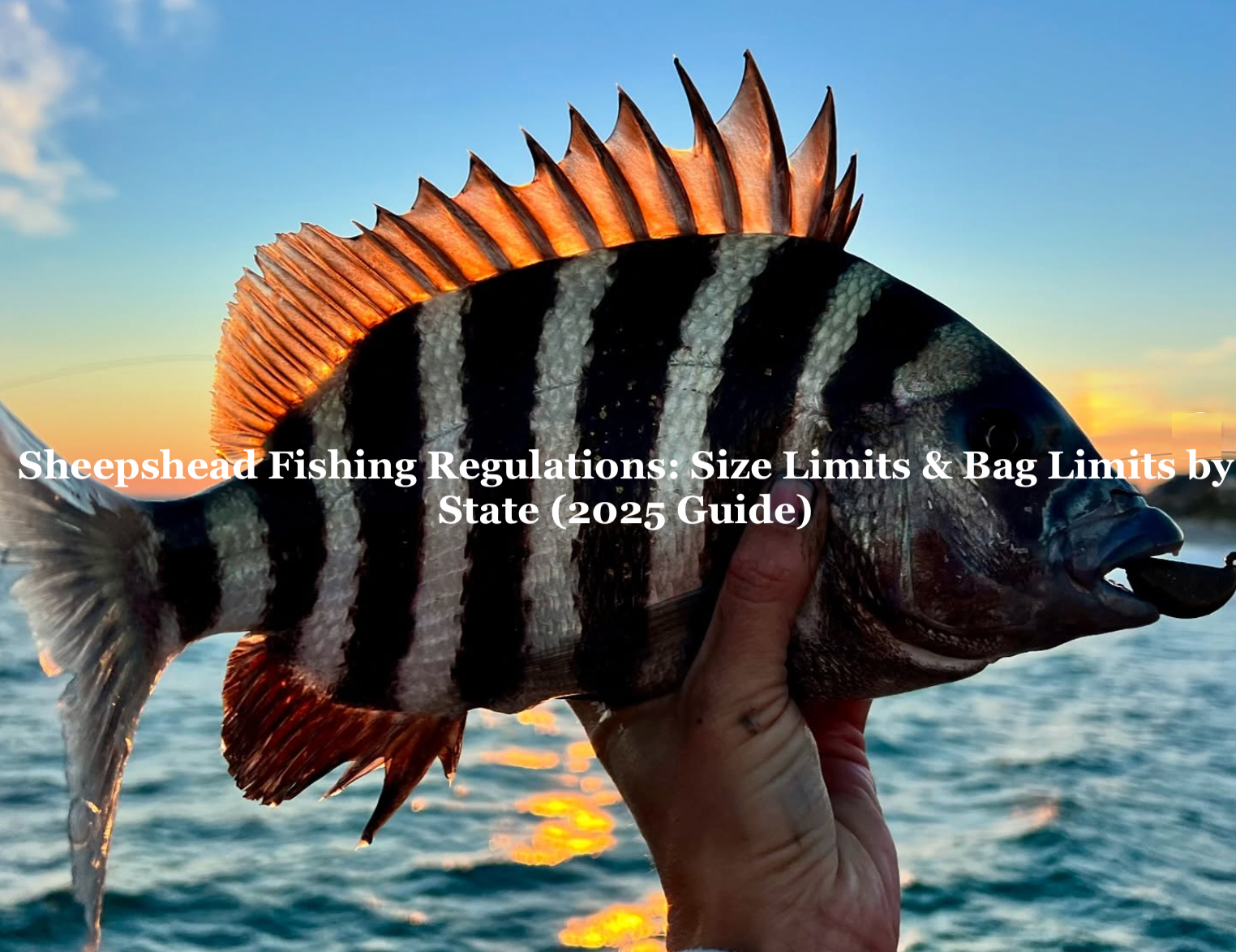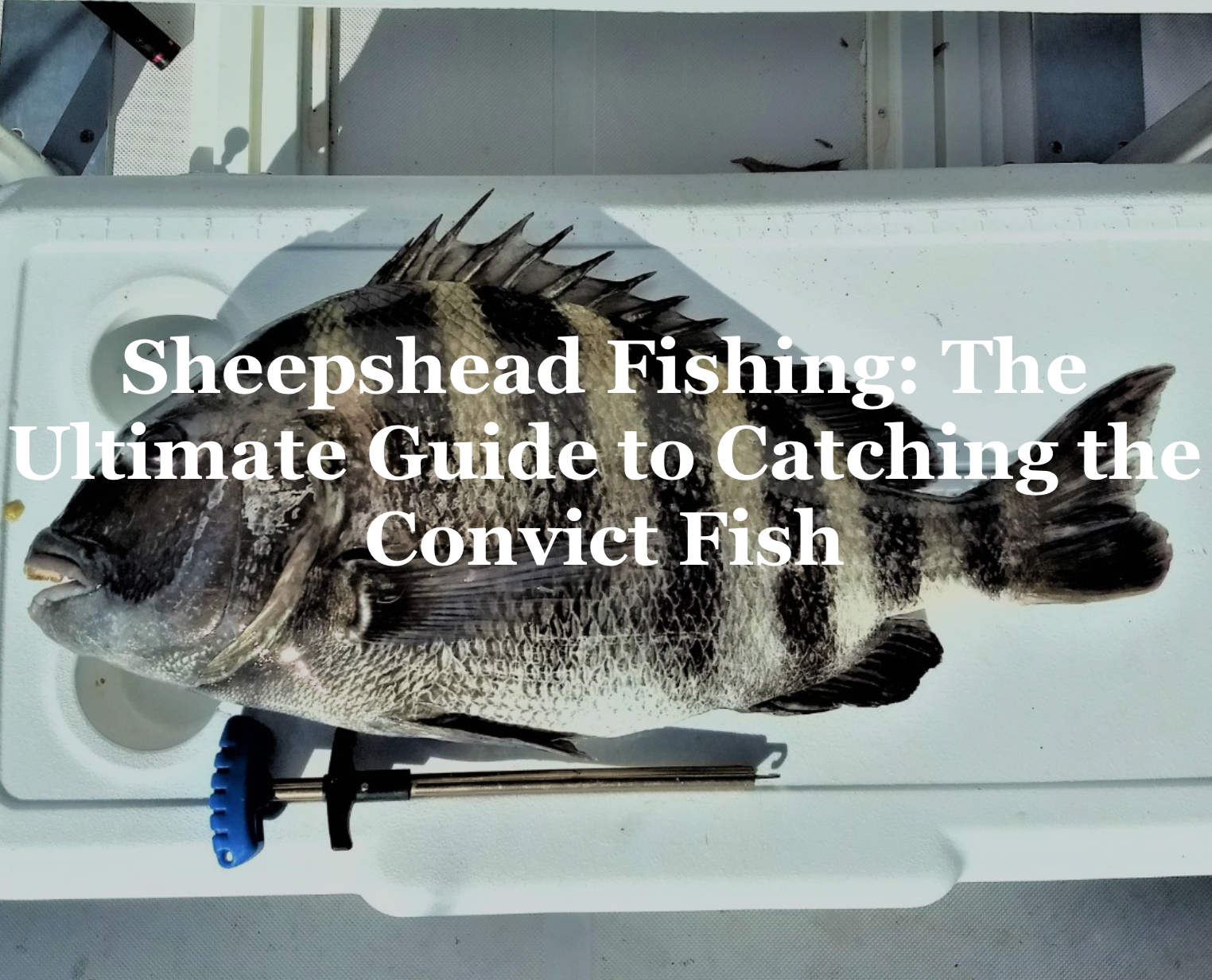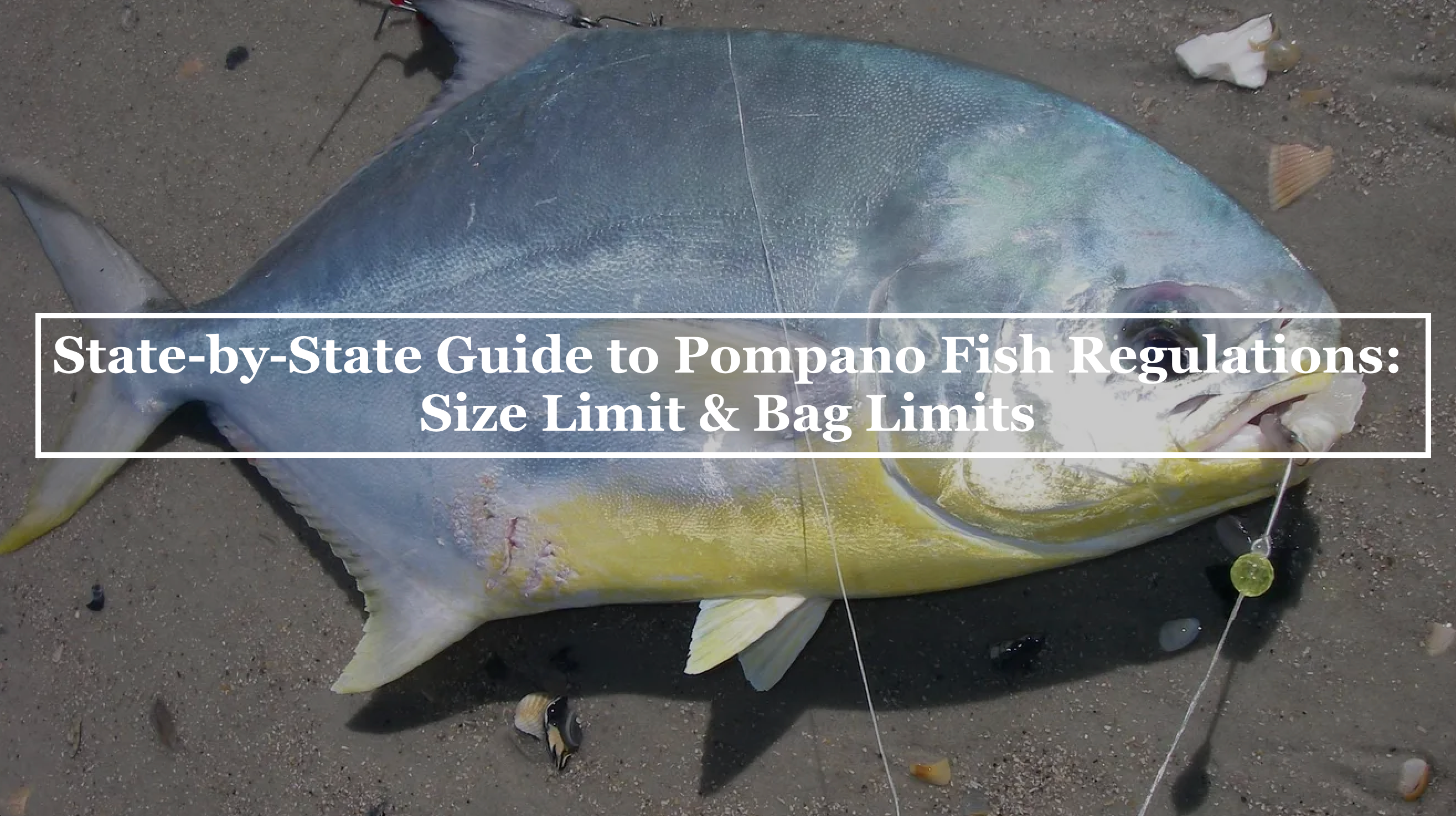This guide provides an in-depth exploration of sheepshead hooks, tailored for anglers seeking to master the art of catching this challenging fish. Sheepshead, known for their hard, bony mouths and bait-stealing habits, require specialized hooks to ensure successful hook sets. This article covers the design, importance, sizing, types, baiting techniques, rig applications, and common questions about sheepshead hooks.
What Is a Sheepshead Hook?

Sheepshead hooks are robust, sharp fishing hooks designed specifically for catching sheepshead, a species with a hard, tooth-filled mouth that can crush bait and evade standard hooks. Made from high-carbon or stainless steel with corrosion-resistant coatings like black nickel, these hooks feature short shanks and wide gaps to penetrate the tough jaw effectively. Available in circle, octopus, and J-hook designs, they range from sizes 1/0 to 4/0, accommodating baits such as fiddler crabs, shrimp, and sand fleas. Their durability in saltwater environments makes them indispensable for fishing around docks, pilings, or reefs, where sheepshead are commonly found.
Why Sheepshead Hooks Are Essential

Sheepshead’s unique mouth structure and subtle feeding behavior render standard hooks largely ineffective, often resulting in missed strikes or stolen bait. Sheepshead hooks, such as those from Owner, Gamakatsu, or Seaworx, are engineered with exceptional sharpness and strength to secure reliable hook sets, minimizing frustration. The corrosion-resistant materials ensure longevity in harsh saltwater conditions, while their design allows for precise bait presentation, keeping baits like crabs or shrimp lively and appealing. This is particularly crucial in clear waters or heavy structures, where sheepshead are cautious and quick to steal bait.
What Size Hook for Sheepshead?

Choosing the appropriate hook size for sheepshead is critical for effective fishing. The standard range is 1/0 to 3/0, which balances strength and bait presentation. Smaller baits, such as sand fleas or shrimp, pair best with a 1/0 hook, like the Gamakatsu Octopus, to avoid overwhelming the bait and ensure natural movement. Larger baits, like fiddler crabs or clams, require 2/0 to 3/0 hooks, suitable for sheepshead weighing over 5 pounds. For trophy-sized fish or deeper waters, a 4/0 circle hook provides the necessary strength for robust hook sets. Matching the hook size to both the bait and the expected fish size is essential for optimal performance.
| Bait Type | Hook Size | Recommended Hook |
|---|---|---|
| Sand Fleas | 1/0 | Gamakatsu Octopus |
| Shrimp | 1/0-2/0 | Trokar TK110 J-Hook |
| Fiddler Crabs | 2/0-3/0 | Gamakatsu Octopus |
| Clams | 2/0-3/0 | Mustad Demon Circle |
| Barnacles | 1/0 | Gamakatsu Octopus |
Exploring the Best Hook Types for Sheepshead

The best hook for sheepshead depends on the fishing scenario, bait, and angler preference. Top brands like Mustad, Gamakatsu, and Eagle Claw Trokar offer specialized hooks with sharp points and durable materials, each suited to different techniques and conservation goals.
Sheepshead Circle Hooks
Circle hooks, such as the Mustad Demon Circle in sizes 1/0 to 3/0, are highly effective due to their self-setting design. They hook fish in the mouth corner, reducing gut-hooking and making them ideal for catch-and-release fishing. Their wide gap accommodates baits like fiddler crabs, ensuring a natural presentation. Circle hooks are particularly effective in high-current areas where sheepshead bites are subtle, and they are favored by conservation-minded anglers.
Sheepshead Octopus Hooks
Octopus hooks, like the Gamakatsu Octopus Hook (1/0 to 2/0), are versatile and widely used for sheepshead. Their short shank and upturned eye facilitate precise bait placement, making them ideal for smaller baits like shrimp or sand fleas. The sharp, offset point ensures quick penetration through the fish’s tough jaws, and they perform well in clear waters where subtle presentations are critical. These hooks are a favorite for anglers who prefer active hook setting.
J-Hooks
J-hooks, such as the Trokar TK110 (2/0 to 3/0), are traditional hooks with surgically sharp points designed for aggressive hook sets. They excel with baits like barnacles or clams, particularly in heavy cover where quick hook sets are needed to pull sheepshead from pilings or docks. However, precise timing is required to avoid gut-hooking, making J-hooks best suited for experienced anglers. Some anglers report hook spits with J-hooks due to the bony mouth structure, suggesting circle hooks may be more reliable in certain scenarios.
J-Hook vs. Circle Hook: Which Is Better?
The choice between J-hooks and circle hooks depends on fishing style and goals. J-hooks require active hook setting, making them ideal for aggressive fishing near structures where immediate hookups are critical. They are less forgiving, however, and can lead to deep hooking if not timed correctly. Circle hooks set automatically as the fish moves away, reducing the need for a hard hook set and minimizing harm, which is advantageous for beginners or catch-and-release fishing. Conservation-focused anglers prefer circle hooks, while J-hooks are favored in heavy cover or when targeting larger fish. Your skill level and fishing environment should guide your choice.
Mastering Baiting Techniques

Baiting sheepshead hooks is a delicate process, as sheepshead are notorious for nibbling and stealing bait. The goal is to keep baits alive and moving naturally, using hooks proportional to the bait size—1/0 for sand fleas, 2/0 to 3/0 for crabs or clams. Hook baits lightly through non-vital areas to preserve their appeal, ensuring they mimic natural prey and trigger strikes.
How to Hook Fiddler Crabs for Sheepshead
Fiddler crabs, often called “sheepshead candy,” are a top bait. Use a 2/0 to 3/0 Mustad Circle Hook and insert it through the crab’s shell near the back corner, avoiding the heart, to keep the crab scuttling. This allows natural movement, which is highly attractive to sheepshead, especially around pilings. Position the hook point upward for quick penetration, ensuring a solid hook set.
How to Hook Sand Fleas for Sheepshead
Sand fleas require a 1/0 to 2/0 Gamakatsu Octopus Hook. Thread the hook through the shell from the underside, exiting near the top, to keep the flea secure and wiggling. This method is effective in sandy or surf zones, where sheepshead forage. Ensure the hook point is exposed for reliable hook sets, as sand fleas are small but potent baits.
Other Effective Baits
Barnacles, clams, and shrimp are also excellent choices. For barnacles, use a 2/0 J-hook and scrape them onto the hook to release their scent, attracting sheepshead. Clams require a 2/0 to 3/0 circle hook, hooked through the meaty part for secure placement. Shrimp, versatile and widely used, work with a 1/0 octopus hook, threaded through the head to keep them active. These baits are effective across various sheepshead habitats, from reefs to docks.
Optimizing Sheepshead Bait Rigs

Sheepshead bait rigs are designed to enhance bait presentation and hookset efficiency, with specific hooks chosen to match each sheepshead fishing rig’s purpose. The Carolina, knocker, and fish-finder rigs are among the most effective, each tailored to different fishing conditions .
Carolina Rig
The Carolina rig is ideal for bottom fishing in sandy areas, using a 1/0 to 2/0 Gamakatsu Octopus Hook. A sliding egg sinker keeps the bait near the bottom, while the hook’s short shank allows natural movement for baits like sand fleas or shrimp. This rig is effective in sheepshead foraging grounds, with the octopus hook ensuring quick hook sets when fish nibble cautiously.
Knocker Rig
The knocker rig excels around pilings, pairing with a 2/0 to 3/0 Mustad Circle Hook. The sinker rests against the hook, enabling precise bait placement near structures. Circle hooks minimize snags and gut-hooking, making them perfect for fiddler crabs or clams in tight spaces. The rig’s simplicity enhances its effectiveness in structure-heavy environments.
Fish-Finder Rig
The fish-finder rig, with a sliding sinker, is suited for open-water fishing and uses a 2/0 Trokar octopus Hook. The octopus hook’s sharp point handles baits like barnacles or shrimp, delivering aggressive hook sets in deeper waters. This rig allows the bait to drift naturally, attracting sheepshead in reefs or open areas, while the strong hook withstands their powerful bites.
Addressing Common Questions

Anglers often have specific questions about sheepshead hooks, and the following address the top concerns based on community discussions and expert insights.
What Is the Best Hook Size for Sheepshead?
The optimal hook size ranges from 1/0 to 3/0, depending on the bait and fish size. Small baits like sand fleas require a 1/0 hook, while fiddler crabs or clams pair with 2/0 to 3/0 hooks. For trophy sheepshead, a 4/0 hook ensures strong hook sets. Matching the hook to the bait and fish size is crucial for effective penetration and presentation.
Can Sheepshead Hooks Be Used in Freshwater?
While designed for saltwater, sheepshead hooks from brands like Mustad or Gamakatsu can be used in freshwater if corrosion-resistant. Their strength suits tough-mouthed species like carp, but they may be excessive for smaller fish. Ensure the hook size aligns with the bait and target species for best results.
How Do I Keep Bait Secure on Sheepshead Hooks?
Use hooks proportional to the bait—1/0 for sand fleas, 2/0 for crabs. Hook through non-vital areas, such as a crab’s shell corner or shrimp’s head, to maintain movement. Regularly check and replace dislodged bait, and secure the hook with strong knots like the Uni to prevent slippage.
Are Circle Hooks Better for Sheepshead Than J-Hooks?
Circle hooks, like Mustad’s, are preferred for catch-and-release due to their ability to hook fish in the mouth corner, reducing harm. J-hooks, such as Trokar’s, are better for aggressive hook setting in heavy cover but risk gut-hooking if mistimed. Choose circle hooks for conservation or novice anglers, and J-hooks for experienced anglers in structure-heavy areas.
Conclusion

Sheepshead hooks are a game-changer for anglers targeting this elusive species. Their sharp, strong design, tailored for the fish’s bony mouth, ensures reliable hook sets and reduces bait theft. By selecting the right size (1/0 to 3/0), choosing between circle, octopus, or J-hooks, mastering baiting techniques for fiddler crabs, sand fleas, or shrimp, and pairing hooks with effective rigs like the Carolina or knocker, anglers can significantly enhance their success. This guide, informed by experts and community insights, equips you with the knowledge to tackle sheepshead with confidence, ensuring memorable catches in any fishing environment.






Share:
Live Bait Fishing Hooks - Techniques & Brands for Best Hook Success
Pompano Rig for Surf Fishing - The Double Dropper Rig